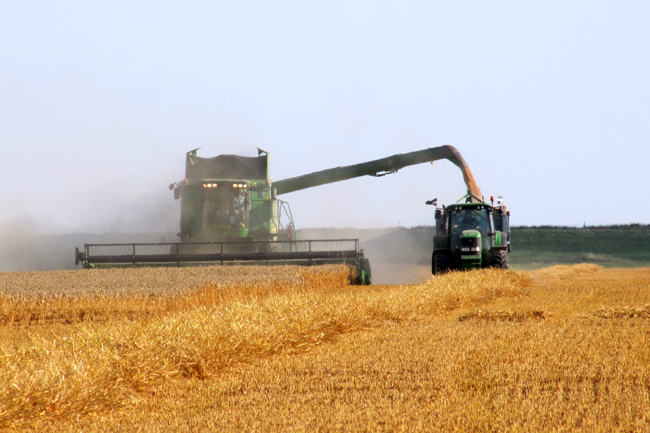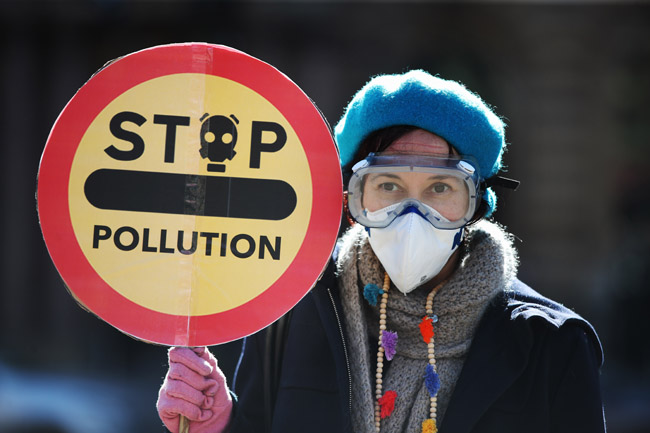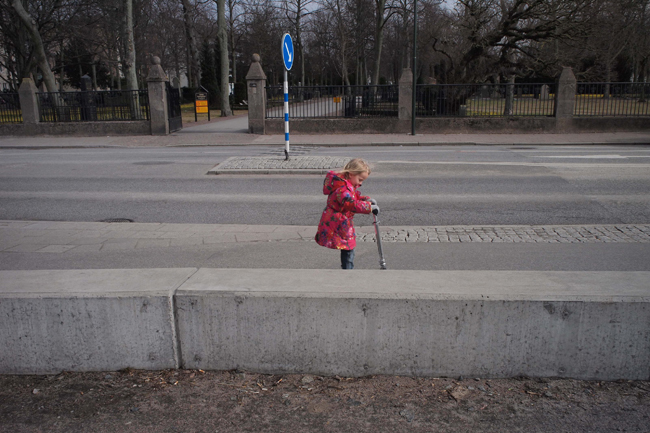

Photo: Flickr.com / Matthias Ripp CC BY
Limits to achieving “4 per 1000” target
Increasing carbon stocks in agricultural soils is promoted as a climate mitigation practice. Scientists show that the potential in Europe might be overestimated.
The ”4 per 1000” initiative (see article in AN4/16) was launched by France in December 2015 at COP21. It aims at an annual growth rate of 0.4 per cent in the soil carbon stocks in agricultural soils, as a way to remove carbon dioxide from the atmosphere and contribute to climate mitigation. This would also lead to other benefits that come with increased soil carbon, such as soil fertility, water infiltration and ease of tillage.
However, there are some flies in the ointment that have attracted increased attention from the research community. One article published in Global Change Biology reviews the results from 16 long-term experiments in the south-east UK, including 114 different treatments over a period of 7–157 years.
They conclude that in the majority (65 per cent) of the treatments it was possible to increase the soil organic carbon by more than 0.4 per cent over the first few decades. In some of the treatments the increase also continued for 40–60 years, before reaching a new equilibrium.
Some of the most successful treatments include high loads of farmyard manure, much more than is used in common practice. However, some basic calculations will show that there is not enough manure to treat all fields in this way. Most manure is already applied directly on agricultural land; some 8 per cent in the EU is used for biogas production and there is also a smaller fraction of poultry litter that is incinerated. If you are going to put more manure on one field you will have to put less on another one. And the only way to get more manure will be to increase the number of livestock, which obviously will have other climate implications.
The study also shows that the greatest increase in carbon stock will appear in soils that have a very low initial concentration of carbon. From that observation it would make sense to target soils with the lowest carbon stocks and apply most manure there. This may sound simple. But current reality is that farming has moved towards more and more specialisation, with arable crops grown in some regions that are spatially separated from the areas where most animals are bred. There are several practical problems with transporting manure even over relatively short distances. A shift towards more integrated farming systems would, according to the scientists, also “require changes in policy structure and financial incentives and presupposes that there is consumer demand for the animal products derived from grass”. They also add that from a climate perspective, the numbers of grain-fed animals would need to decrease at least in equal numbers.
Similar limitations also apply to the relatively successful treatments of including more ley in crop rotations. In the areas where it would make the greatest difference it doesn’t make economic sense to do so under the current regime.
The article also covers some treatments that involve removing agricultural land from production and converting it to forest. When it comes to increasing carbon stocks this is the best thing we can do. These were the only treatments where soil carbon stocks had not reached a new equilibrium after 100 years, and this does not even include the carbon stock in the biomass above ground. The limitation of this strategy is reduced food security. However, the authors believe that this could make sense on land with low productivity or areas exposed to severe soil erosion.
Another concern is that a measure that increases carbon stocks could also lead to increased emissions of nitrous oxide that would offset some or all of the climate mitigation gains. This is scrutinised in another scientific article recently published in Nature Climate Change. In this study, researchers from the European Commission’s Joint Research Centre have modelled 8,000 soil sampling locations from arable fields all over the European Union. They modelled two different treatments. In the first, which they call integrated crop residue retention and lower soil disturbance (IRS), a maximum of 10 per cent of the crop residues was removed. To simulate reduced tillage the decomposition rate was decreased by 20 per cent. In the second treatment, commonly known as green manure, a nitrogen-fixing cover crop (CC), clover, was grown and incorporated into the soil before the main crop was grown. Nitrogen mineral fertilisation was also reduced by 75 per cent compared to baseline.
When modelled, the IRS treatment indicated lower potential for carbon storage than the cover crop treatment. But when nitrous oxide emissions were included it was shown that in most sites the cover crop treatment would result in net emissions after only 40 years. In comparison, the IRS treatment meant that most sites would still be net sinks after 100 years. The cover crop treatment also showed a greater spatial variation, and some areas with already high nitrogen loads, such as the Po valley and the border between the Netherlands and Germany, had the highest net emissions.
What can be learned from both these studies is that a more holistic approach is needed before assessing the potential and climate mitigation benefits of carbon storage in agricultural soils. And that these both factors may have been overvalued by those who have promoted the “4 per 1000” initiative. Instead the first article suggests that the many other well-known benefits of increased soil carbon for soil quality should continuously be promoted.
Kajsa Pira
Poulton P, Johnston J, Macdonald A, White R, Powlson D. Major limitations to achieving “4 per 1000” increases in soil organic carbon stock in temperate regions: Evidence from long-term experiments at Rothamsted Research, United Kingdom. Glob Change Biol. 2018;00:1–22. https://doi.org/10.1111/gcb.14066
Lugato E, Leip A, Jones A. Mitigation potential of soil carbon management overestimated by neglecting N2O emissions. Nature Climate Change. 2018;08:219-223 https://doi.org/10.1038/s41558-018-0087-z

 Download this issue
Download this issue


























